Setting up an E-Mail-Account can initially seem a bit tricky, especially if you have to deal with the various protocols and settings. This comprehensive guide will help you configure your E-Mail account in Outlook 2016 in a structured and understandable way, so you can work efficiently with your emails. Let’s get started!
Key Insights
- You need basic information about your E-Mail provider.
- Outlook can automatically detect many settings, saving time.
- For less well-known providers, manual configuration may be required.
- The choice between POP3 and IMAP affects how you manage your emails.
Step-by-Step Guide
1. Start Outlook 2016 and Select E-Mail Account
When you open Outlook 2016, you will be greeted by a welcome screen. Click on “Next” to start setting up your E-Mail account. Here, Outlook asks if you want to set up an E-Mail address. You will be prompted to determine the type of email services you are using, such as POP, IMAP, or Exchange.
2. Choose Automatic or Manual Configuration
Depending on your E-Mail provider, you can choose whether you want to have the email data set up automatically or if you want to enter the account settings manually. Automatic configuration is ideal for common services like Gmail or Outlook.com, where you only need to enter your E-Mail address and password.
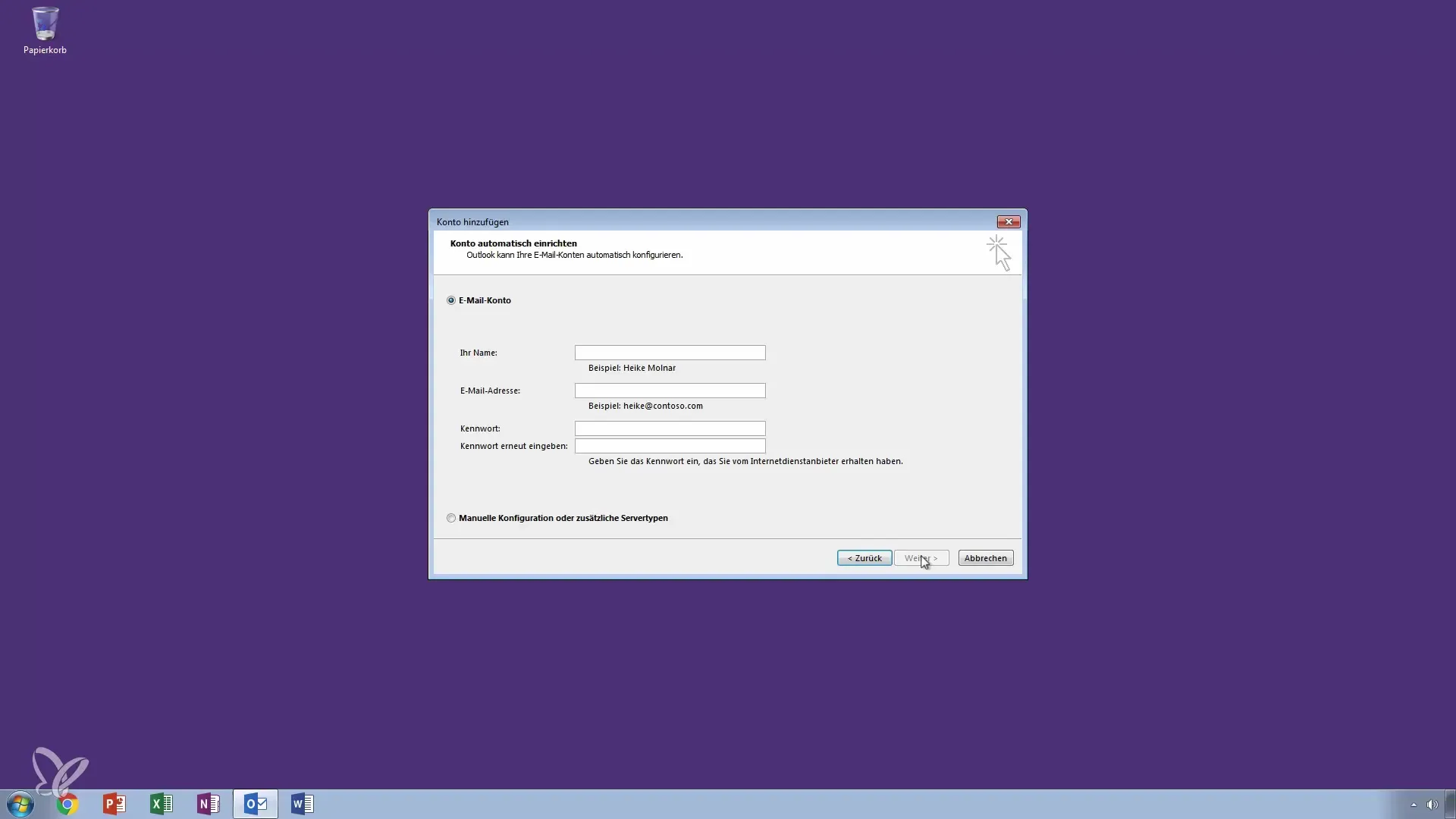
3. Enter E-Mail Data
If you used a common domain, Outlook will automatically enter most of the required data. However, for less well-known providers, you will need to manually enter the specific server entries and additional details. Don’t guess your data; obtain it from your E-Mail provider to ensure a smooth connection.
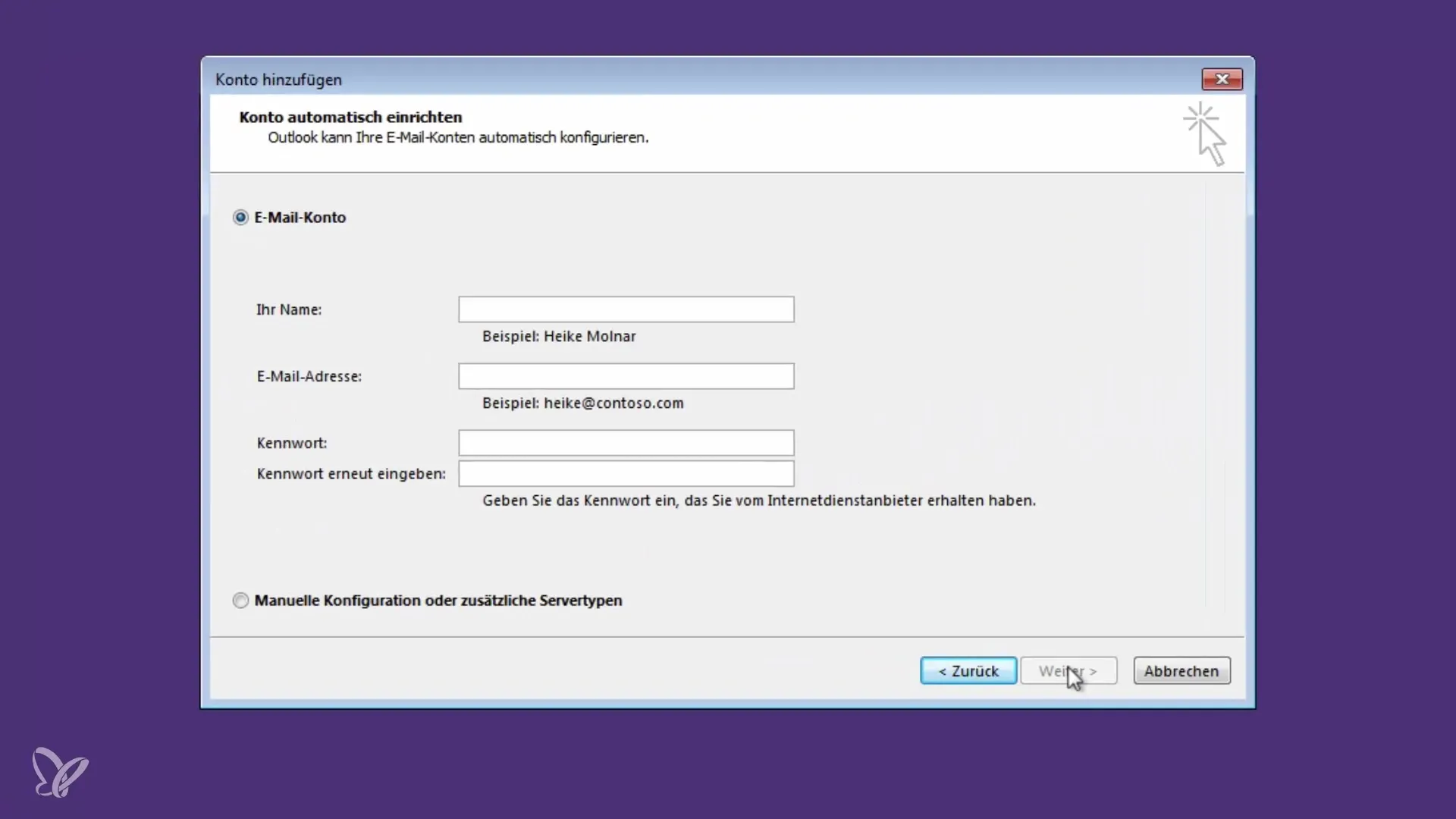
4. Select Account Type (POP or IMAP)
After entering the email address, you will have the option to choose between the POP3 and IMAP protocol. POP3 downloads emails completely and stores them locally, while IMAP allows synchronization between the email server and your local Outlook. IMAP is usually the better choice, as it keeps emails accessible on other devices as well.
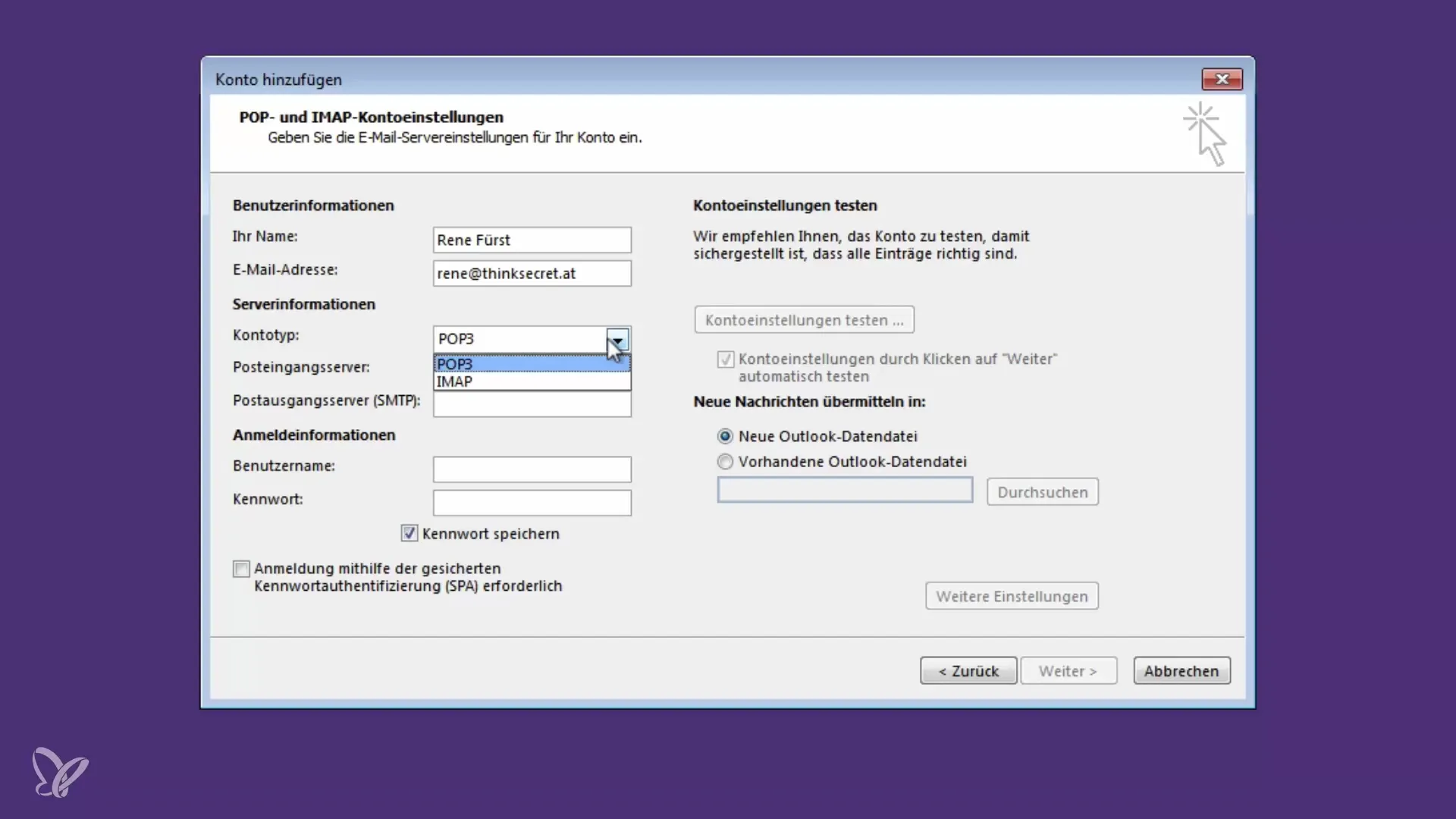
5. Provide Server Information
To complete the account settings, you must provide the server information for incoming (POP or IMAP) and outgoing (SMTP) mail. You typically receive this information from your server provider. It is important to use the correct ports, especially if SSL is required for secure connections.
6. Authentication and Additional Settings
Once you have entered your server information, you should also ensure that authentication for your outgoing server is enabled. This means you will need to re-enter your password. Special settings like SSL encryption for increased security can also be configured here.
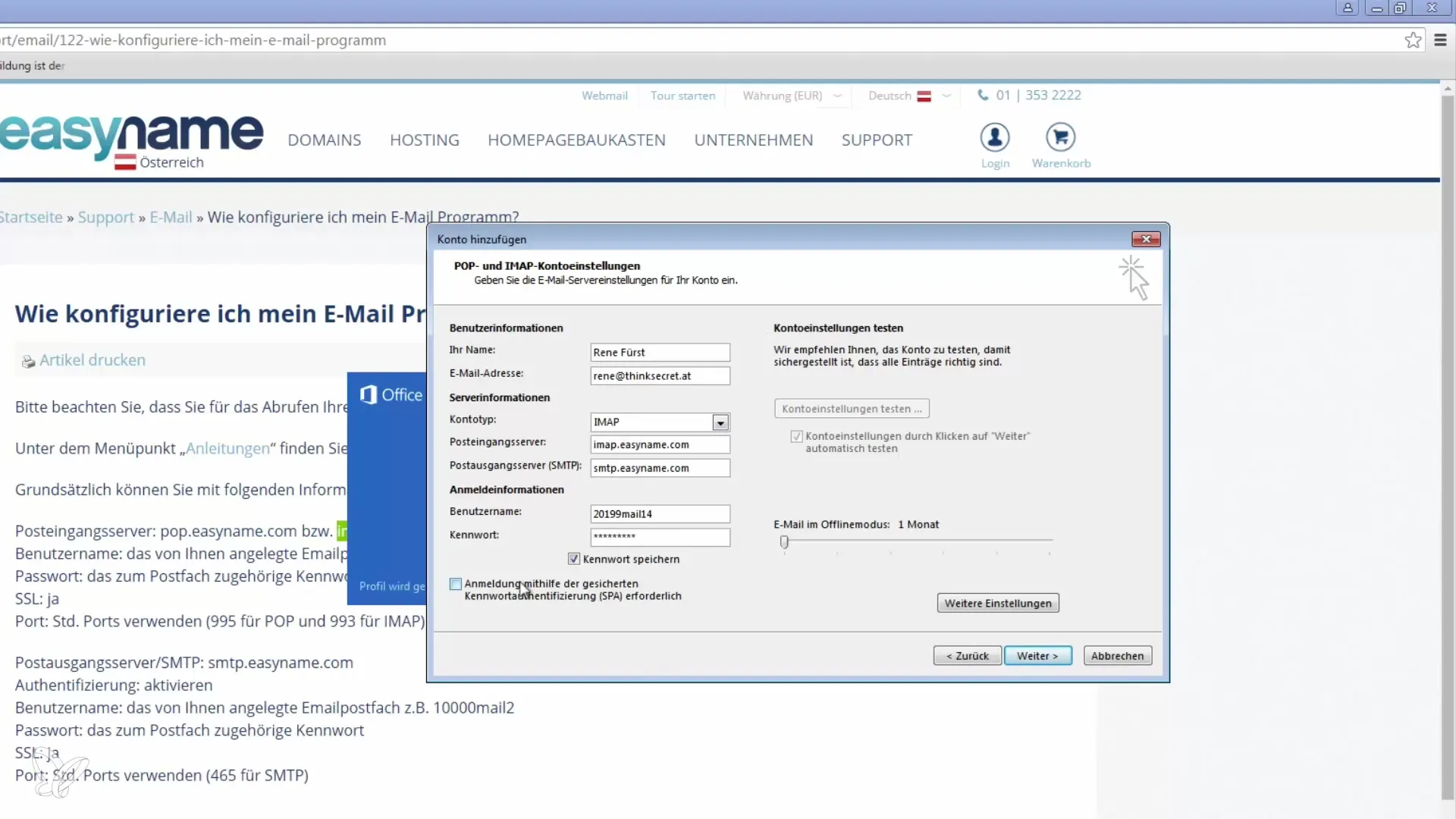
7. Test the Account Settings
After you have made all the required settings, you should test the connection. Outlook has a handy feature that allows you to send a test email and check the settings. If any errors occur, it will show you what might be wrong, and you can make adjustments.
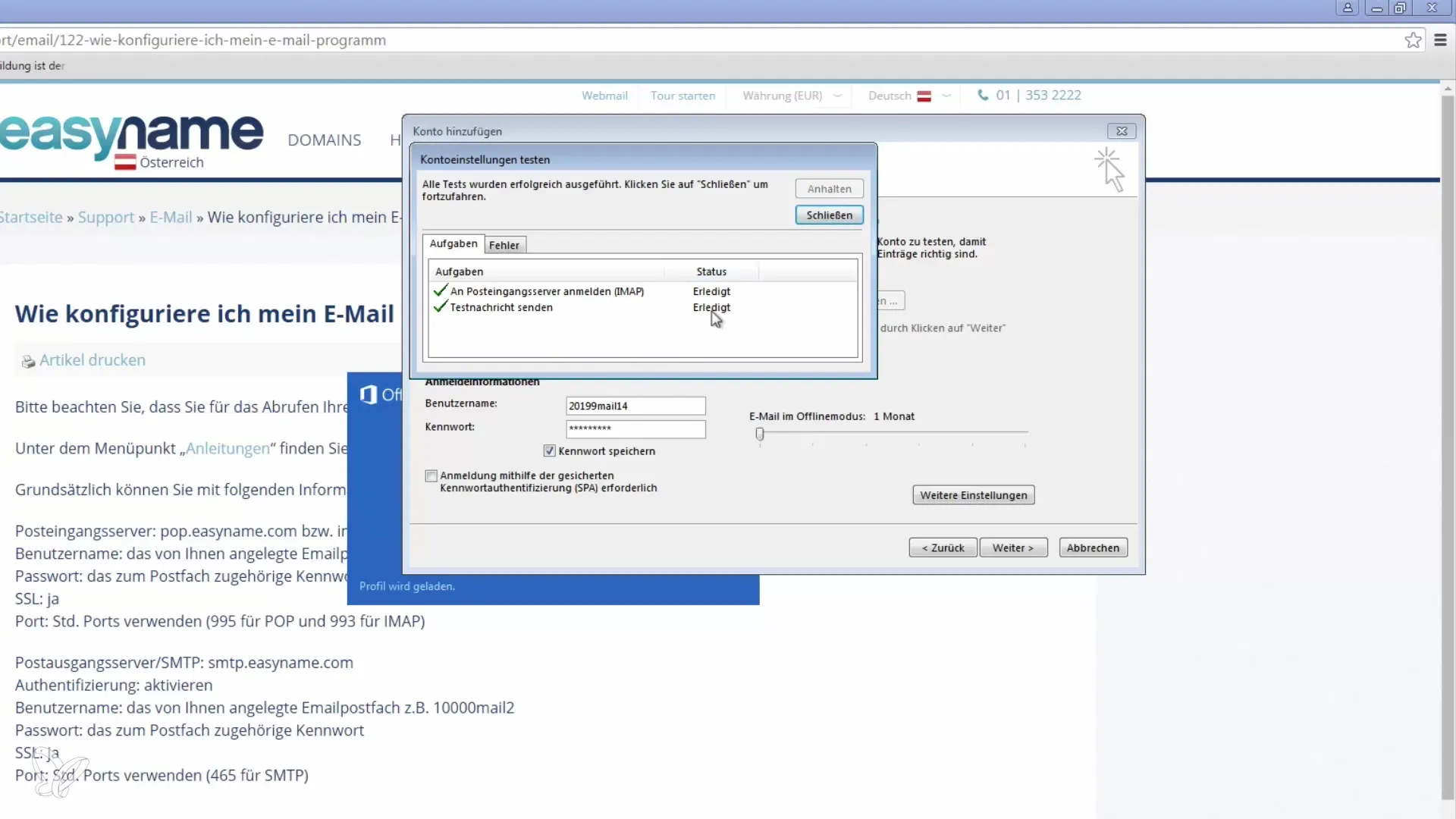
8. Complete the Setup
If the test was successful, you can complete the setup. You should now see the Outlook interface and be able to receive and send your emails. Keep an eye out for new messages and ensure everything is working correctly.
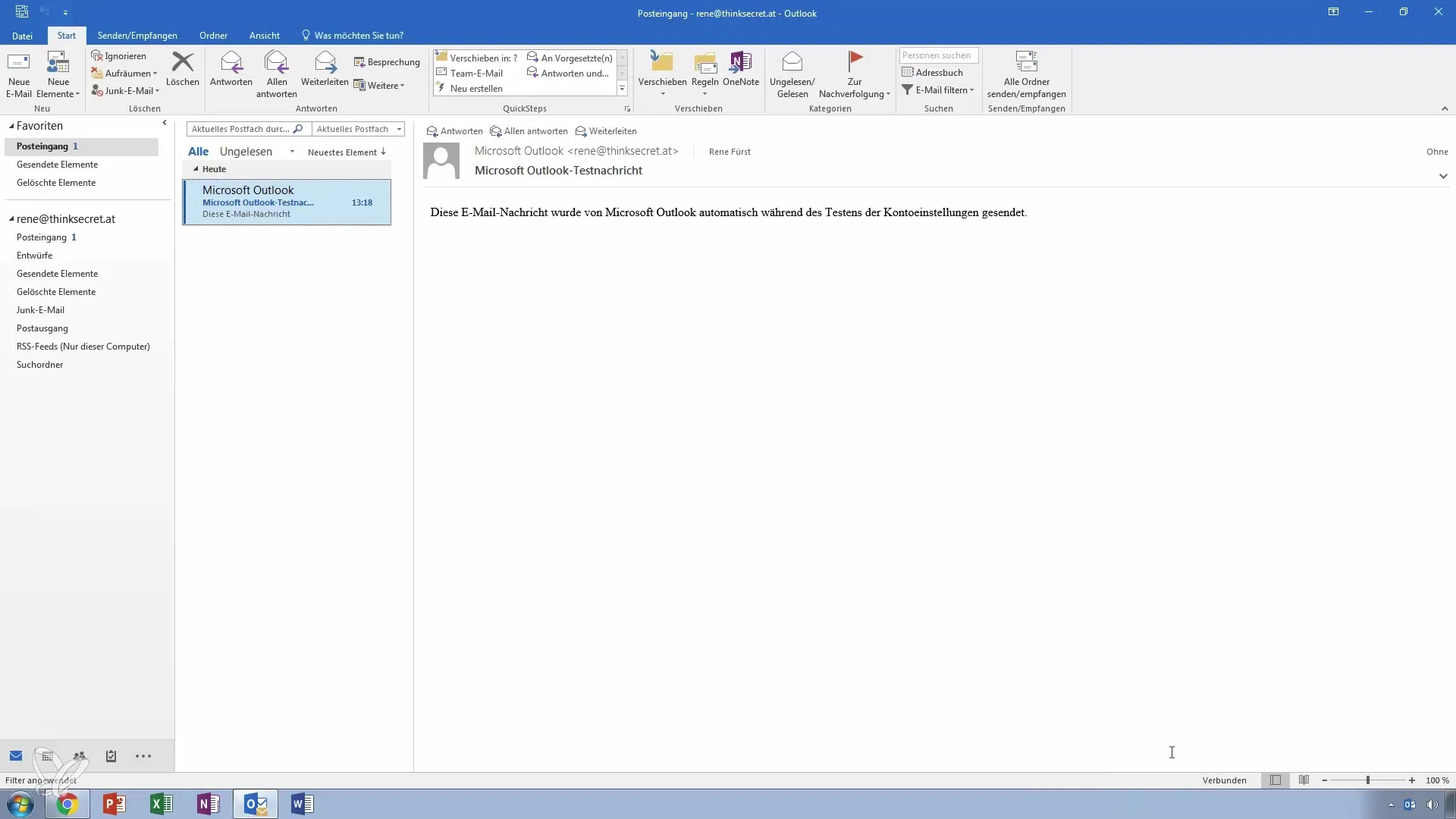
Summary – Setting Up an E-Mail Account Effectively in Outlook
Configuring your E-Mail account in Outlook 2016 is a straightforward process when you have the right information. You need to know the basic settings for your E-Mail service and whether you want to use POP or IMAP. This way, you prepare optimally for handling your emails in Outlook.
Frequently Asked Questions
How can I find out whether I should use POP or IMAP?Consider whether you want to access emails on multiple devices. In that case, IMAP is better.
Where can I find the configuration settings for my E-Mail provider?You can usually find the information on your provider's website under the Email settings section.
What are the benefits of SSL for email connections?SSL encrypts the connection, which helps secure your data from hackers and unauthorized access.
Which ports should I use for SMTP and IMAP?By default, Port 465 is used for SMTP and 993 for IMAP over SSL.
What should I do if my account setup test fails?Check all the entered information, especially the server addresses, ports, and your password.


